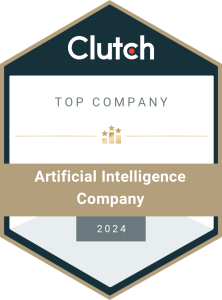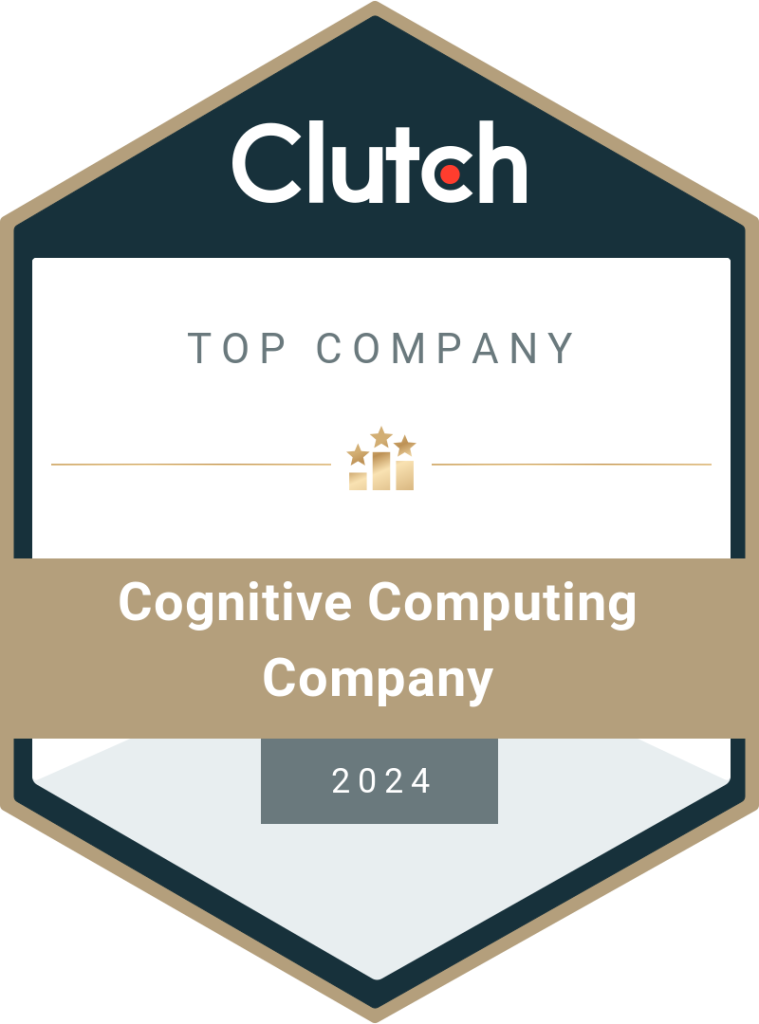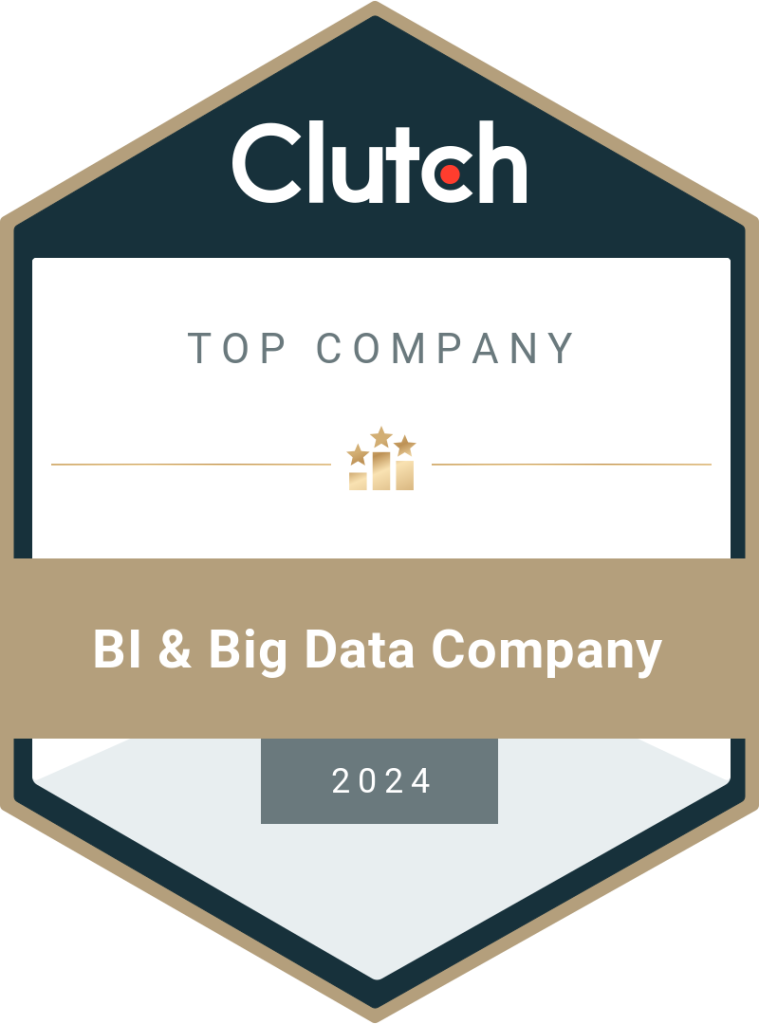Impact Of AI In Market Research | How It Is Being Improved
To understand the effect that artificial intelligence (AI) can have on market research. First, it is essential to be clear about what exactly is AI and what it is not. Artificial intelligence is the machine-displayed intellect, which is often distinguished by learning and adaptability. It is not quite the same as automation. Automation is now commonly used for speeding up a variety of processes in the insights field. Automation is essentially the set of guidelines from recruitment to data collection and analysis that a computer follows to perform a function without human assistance. When complex logic and branching paths are introduced, differentiation from AI can be difficult. But, there is a significant difference. Except in the most complex of ways, software follows the instructions it has been given when a process is automated. Every time the cycle runs, the program (or machine) makes no decisions or learns something new. Learning is what makes artificial intelligence stand out from automation. And this is what gives those who accept it the most significant opportunities. Examples Of AI Today With AI Market Research Companies There is already a range of ways in which artificial intelligence can provide researchers with knowledge and analysis that weren’t possible before. Of particular note is the ability to process massive, unstructured datasets. Processing Open End Data In AI-Driven Market Research Dubbed Big Qual, the method of applying methods of statistical analysis to large quantities of written data aims at distilling quantitative information. The natural language API in Google Cloud offers an example of this in practice. The program recognizes “AI” as the most prominent entity in the paragraph (i.e., the most central one in the text). It can also know the category of text, syntactic structure, and provide insights into feelings. In this situation, there was a negative tone in the first and third sentences, while the second was more positive overall. It can reduce the time it takes to evaluate qualitative responses from days to seconds when implemented on a large scale, particularly in the case of open-ended results. How Artificial Intelligence Will Change The Future Of Marketing: Artificial Intelligence In Marketing Analytics? Following is the way in which artificial intelligence change the future of marketing: Proactive Community Management A second direction that artificial intelligence is being used in group management today can be observed. As every group manager can attest, participant disengagement is one of the most significant challenges to a long-lasting society. It can result in a high turnover rate, increased management effort, and outcomes of lower quality. Luckily, AI-driven automated market research behavioral forecasts increased the chance of disengagement. Behavioral predictions include evaluating a vast array of group members’ data points such as several logins, pages viewed, the time between logins, etc. to construct user interaction profiles. When designed against disengaged members and measured, the AI can classify the members are at risk of disengagement. It allows community managers to provide these individuals with additional support and encouragement, thus reducing that risk. Machine Making Decisions Give enough details to a computer, and it’ll be able to make a decision. And that’s precisely what Kia did over two years ago when the company used IBM’s Watson to help determine which influencers on social media would better endorse its Super Bowl commercial. Using Natural Language Processing (NLP), Watson analyzed social media influencers’ vocabulary to recognize which characteristics Kia was searching for – openness to improvement, creative curiosity, and striving for achievement. Perhaps the most exciting thing about this example is that Watson ‘s decisions are those that would be difficult for a human to make, demonstrating the possibility that AI for market insights might better understand us than we can. Future Of AI In Market Research Progress, of course, never ends. We are still very much in the absolute infancy of artificial intelligence. In the years to come, it is a technology that will have a much more significant effect on market research. Although there is no way to predict precisely what the result would be, the ideas outlined here are already being formulated – and that arrive sooner than we expect. Virtual Market Research It’s expensive to hire. It can quickly eat away on a research budget, depending on the sample size and the length of a task. One proposed suggestion to further reduce this expense and extend insight budgets is to create a virtual panel of respondents based on a much smaller sample. The idea is that sample sizes inherently restrict the ability of a company to consider every potential customer and client’s behavior. Hence, taking this sample, representing it as clusters of behavioral traits, and building a larger, more representative pool of virtual cluster respondents offers a more accurate behavior prediction. This method has abundant limitations, such as the likelihood that in the first instance, the virtual respondents will be limited to binary responses. But this still has value – particularly when combined with the ability to run a large number of virtual experiments at once. It may be used to determine the most suitable price point for a product or to understand how sales could be affected by reaction to a change in product attributes. Chatbots As Paul Hudson, CEO of FlexMR, emphasized in a paper presented at Qual360 North America, a question still hangs over whether artificial intelligence could be used to gather on-scale qualitative conversational research. The research chatbots of today are restricted to pre-programmed questions, presented in a user interface typical of a conversation online. However, as developments in AI continue to grow, so will these distribution methods for online questioning. The ultimate test would be whether such a tool could interpret responses from respondents in a way that allowed tailoring and sampling of interesting points following questions. It will signal the change from question delivery to virtual moderator format. The resource is a natural limitation to desk investigation. While valuable, desk research can be time-consuming, meaning that insight does not always reach decision-makers’ hands before a decision
Read More





